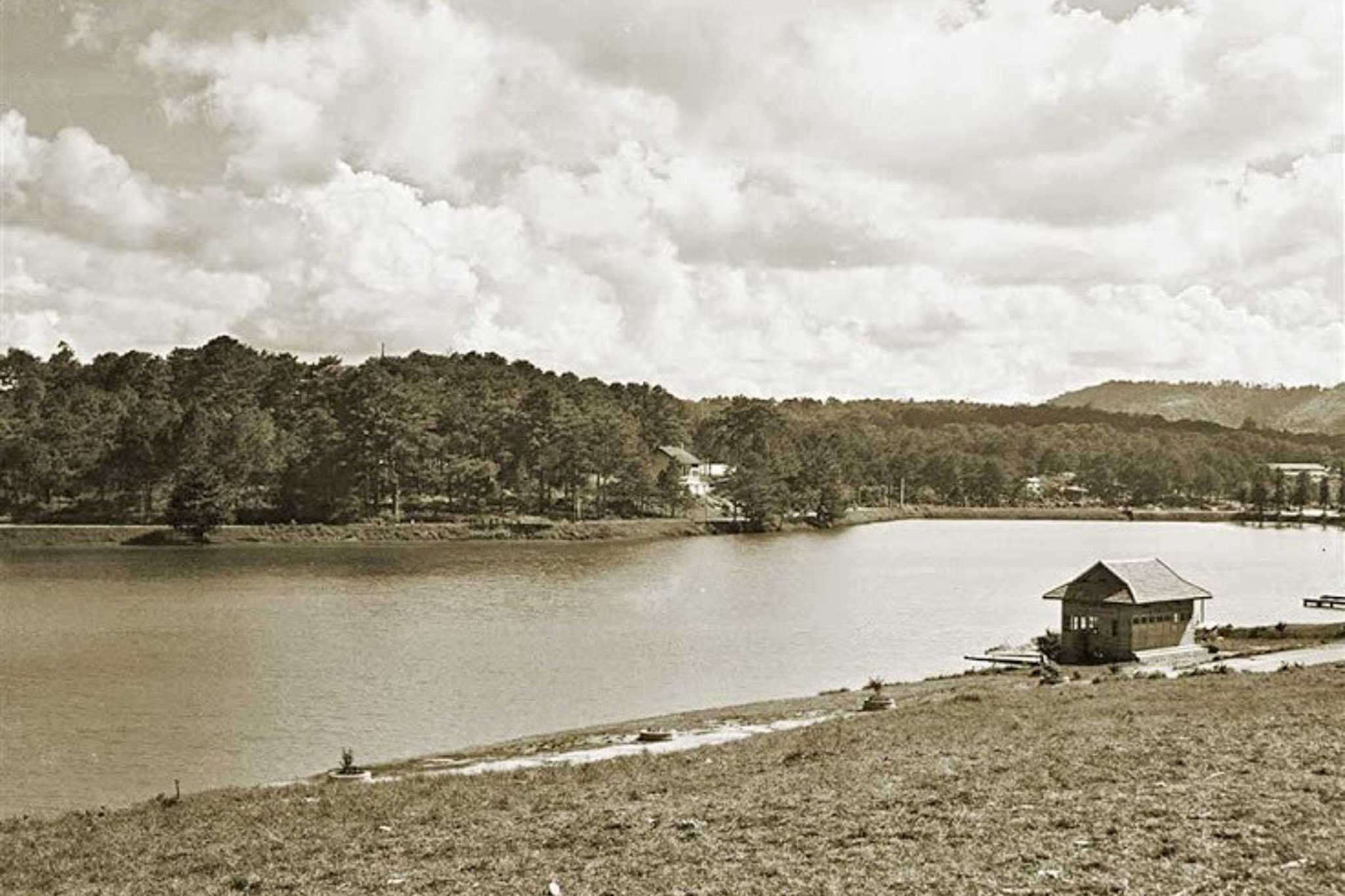 |
Da Lat ( Lam Dong ) is located on the Lam Vien plateau, at an altitude of about 1,500 m above sea level, so the climate here is cool all year round, known as "little Paris in the heart of Indochina". This land was discovered by French doctor - explorer Alexandre Yersin in 1893. By 1899, Da Lat was planned by the French government to become a resort town, becoming a favorite stop for the upper class of Indochina. In the 1950s, Xuan Huong Lake still had its pristine beauty with green grasslands stretching across the calm water surface, and dense pine forests surrounding the lake. Photo: Tu Trung. |
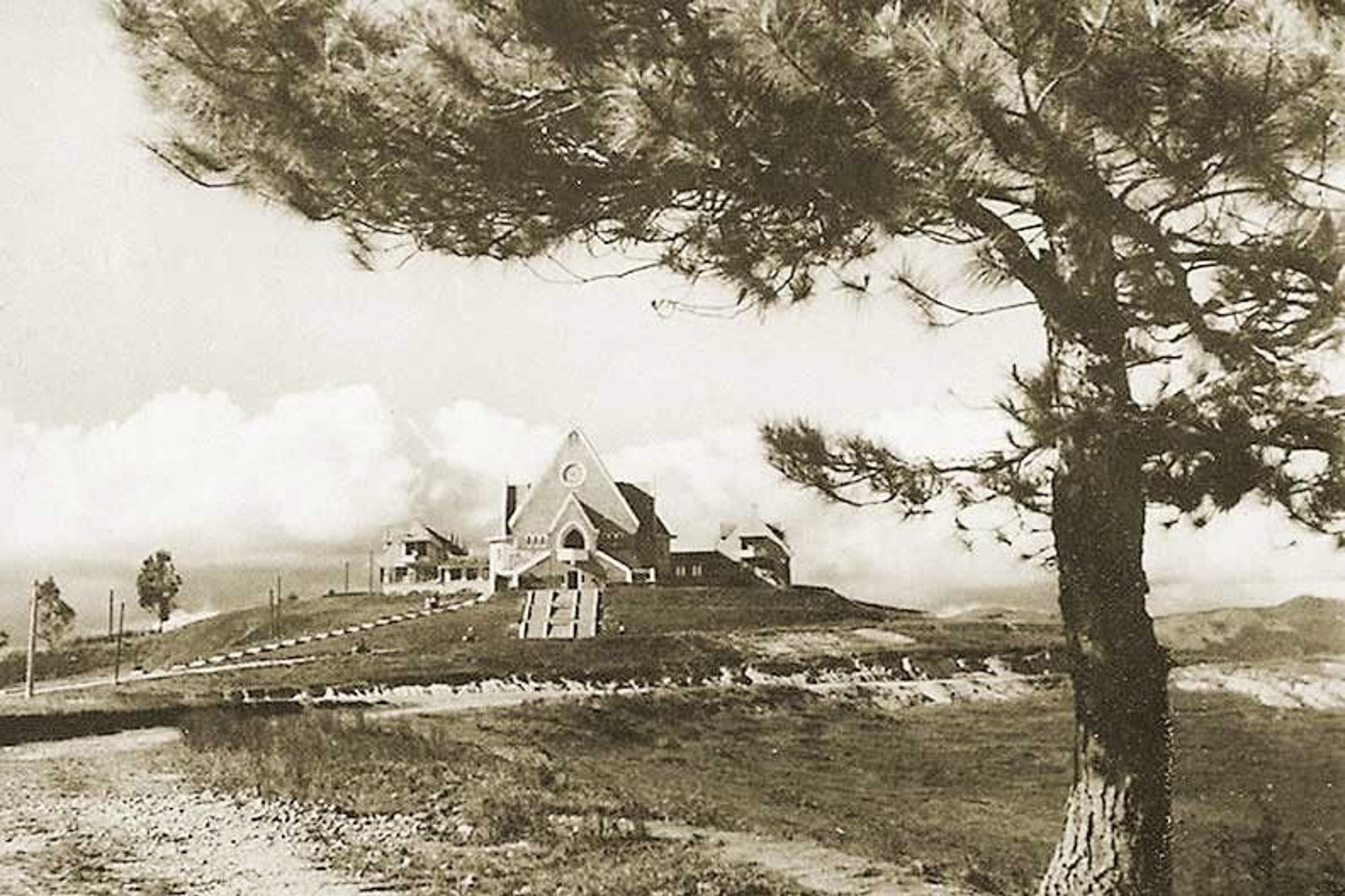 |
Domaine de Marie Church, also known as Saint-Vincent-de-Paul Monastery or Mai Anh Church, was built between 1930 and 1943 on Mai Anh Hill, about 1 km from the center of Da Lat. The building has a characteristic pink color, a harmonious combination of classical European architecture and local materials. Previously, this was a monastery of the Saint-Vincent-de-Paul nuns who specialized in raising orphans. Now it has become a charity facility and a tourist attraction, photo taken in 1948. Photo: |
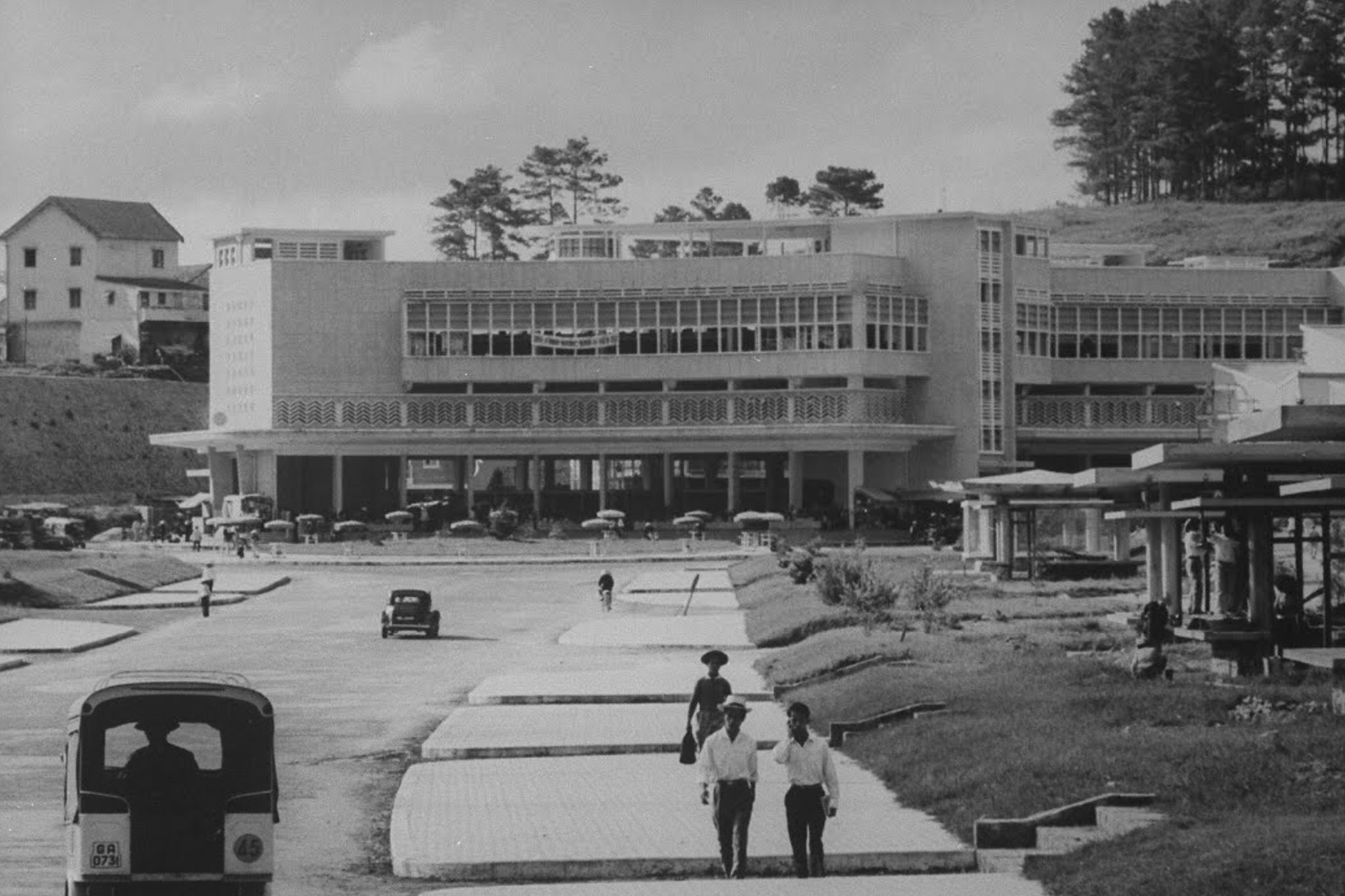 |
During a trip for LIFE magazine in 1961, American photographer John Dominis captured Da Lat through a series of valuable black and white photos, which were later digitized by the Center for Archives, Research and Preservation of American Historical Documents, University of Texas. His lens stopped at familiar landmarks such as Xuan Huong Lake, Da Lat Market and the central streets - where the pace of life was slow and peaceful. Photo: John Dominis. |
 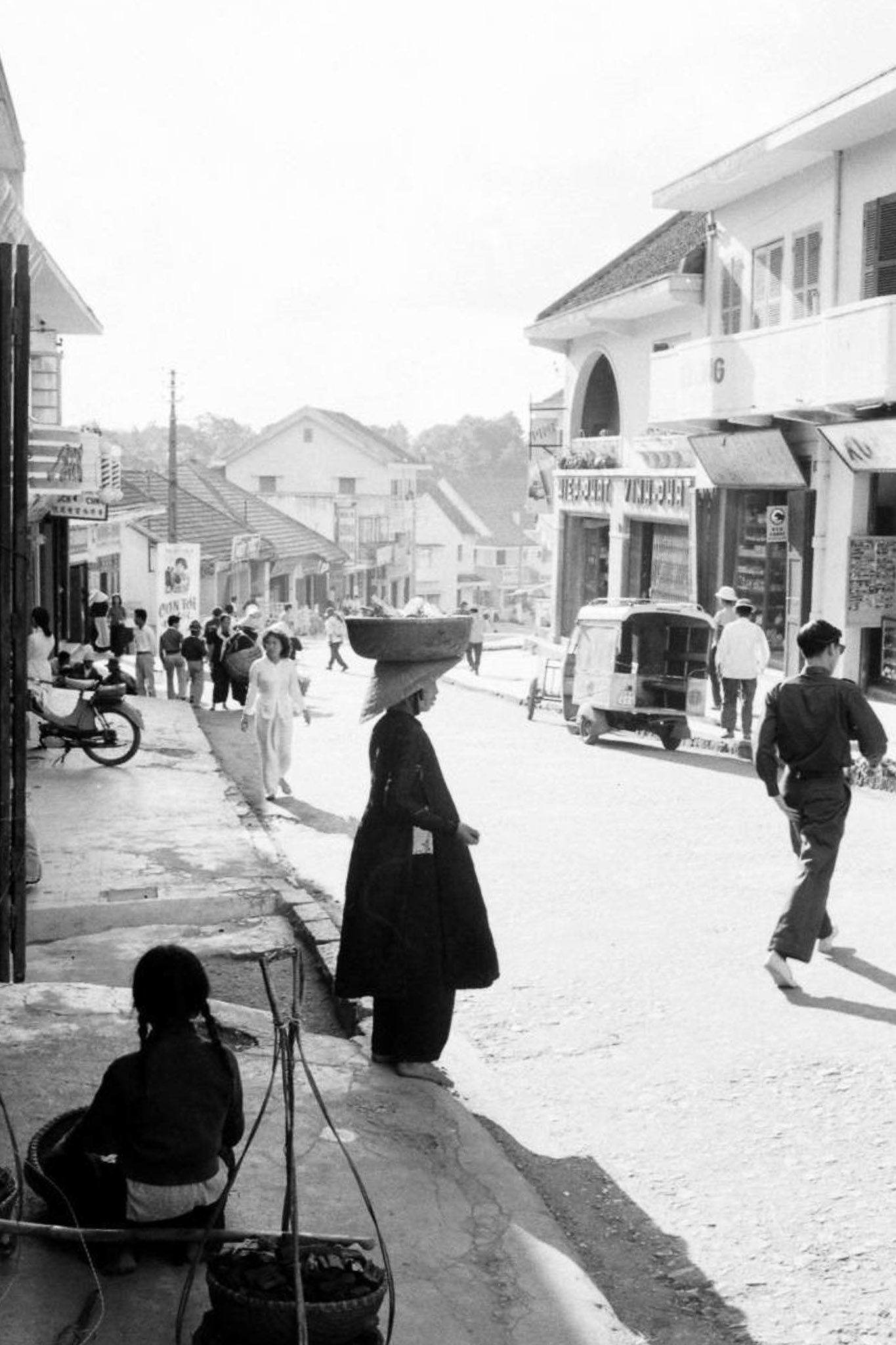 |
Dalat is famous for its slopes. In the photo is Minh Mang slope (now the "Western Quarter" Truong Cong Dinh) facing Cau Queo street (now Phan Dinh Phung street). This used to be one of the busiest streets, with barbershops, photo studios, shoe stores, hotels... Photo: John Dominis. |
 |
Located in the city center, Da Lat market was started to be built in 1958, replacing Cay Go market which was destroyed by fire. The market was designed by architect Ngo Viet Thu and has 2 floors, inside there are many kinds of agricultural products and special fruits for sale. Photo: John Dominis. |
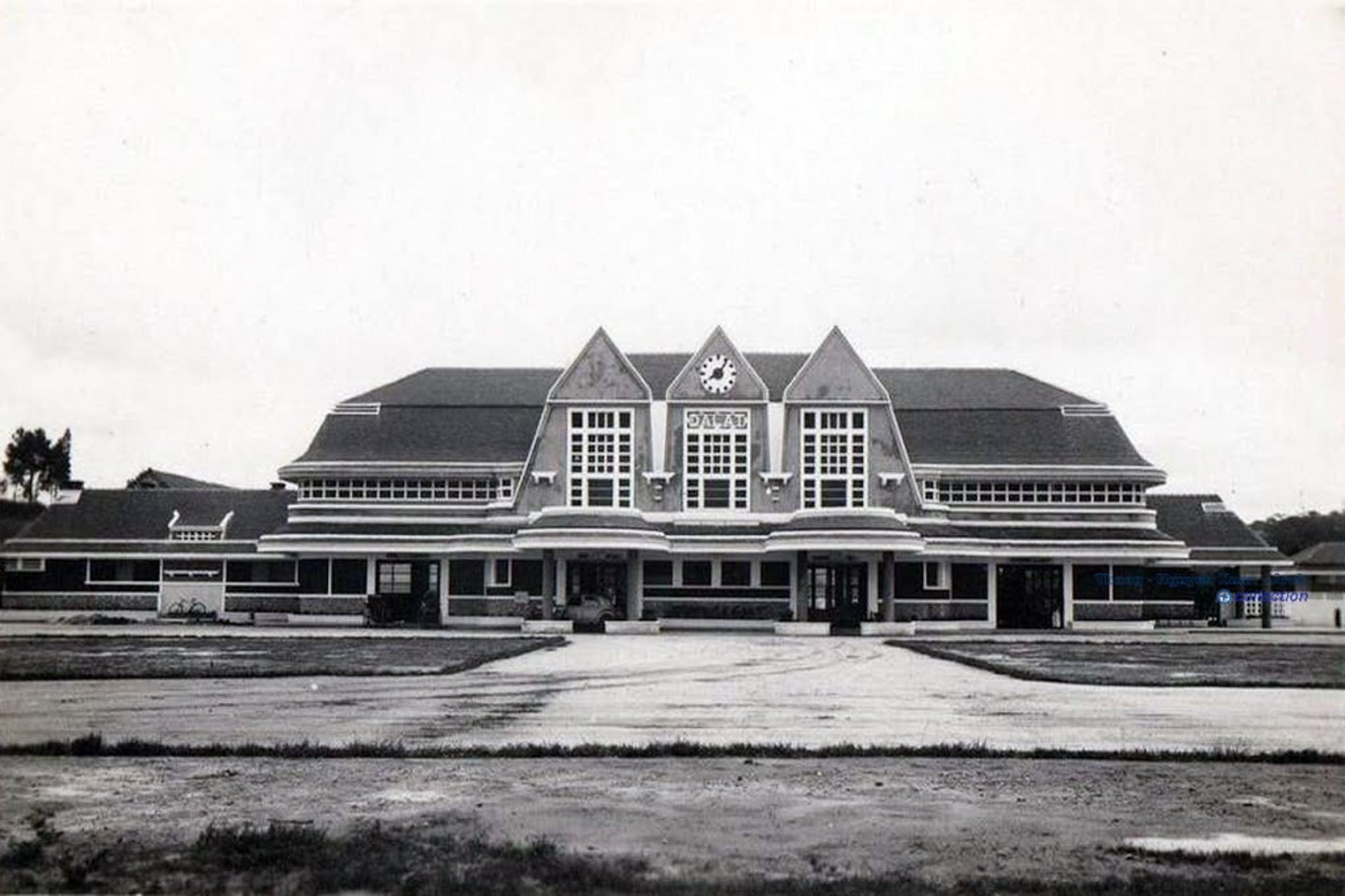 |
Da Lat Railway Station was built by the French in 6 years (1932-1938), is one of the rare classical architectural works still intact in the foggy city. The cog railway system connecting Da Lat - Thap Cham took 24 years to complete. From 1972 the station was abandoned due to fierce war, until 1975 it was put back into operation, before ceasing operation due to economic inefficiency. Currently, the station mainly serves tourism, with the short train route Da Lat - Trai Mat 7 km long, where visitors can experience the nostalgic feeling on the old railway. Photo: Flickr |
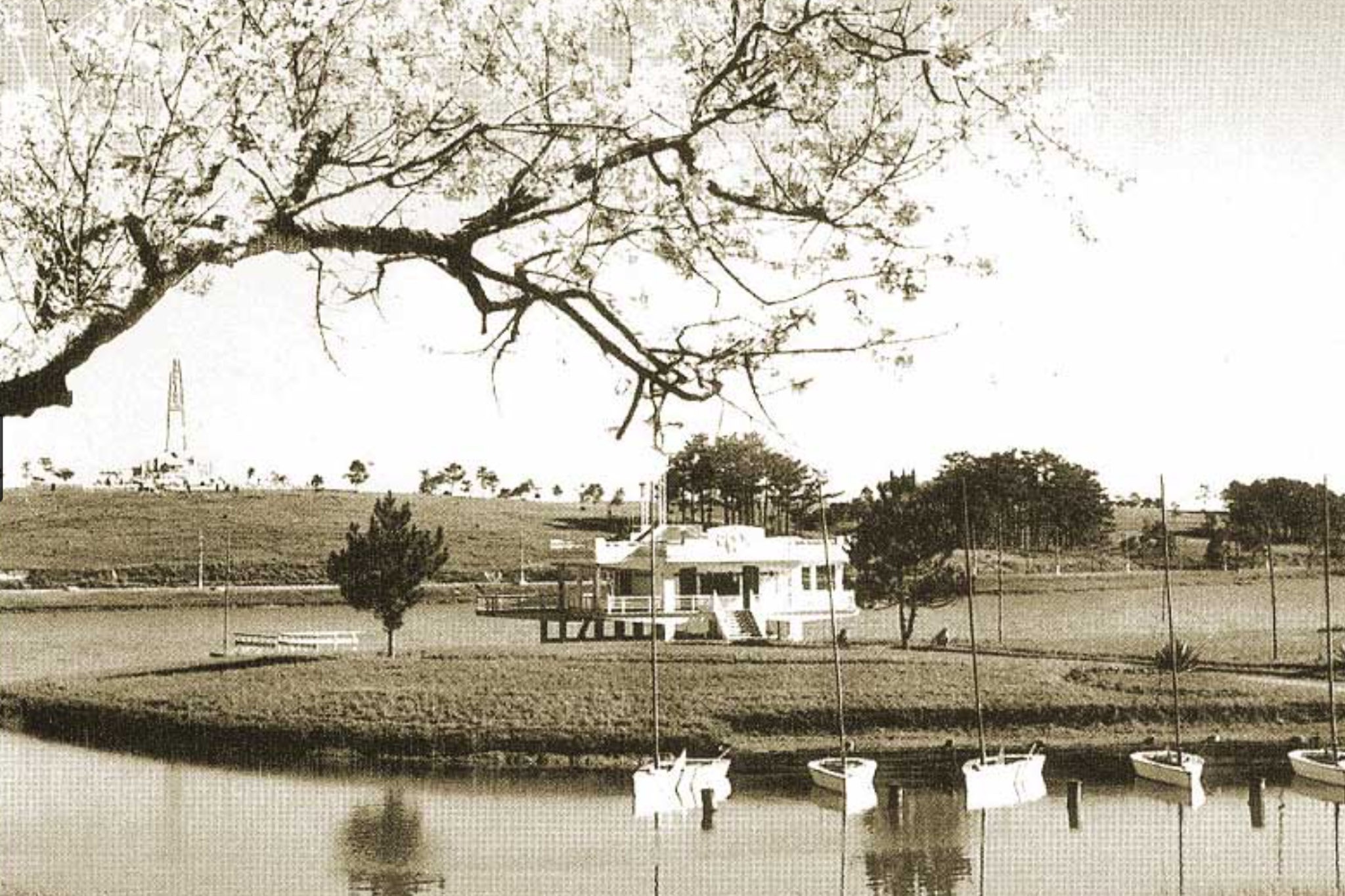 |
Thuy Ta Restaurant in Da Lat was designed and built by the French on Xuan Huong Lake around 1935-1938, originally named "La Grenouillère" (meaning Frog Pond). After 1954, the building was taken over by the Vietnamese and renamed "Thuy Ta", meaning "tower on water" and recalling the Asian flavor. This is now a familiar restaurant and cafe for Da Lat people and tourists. Photo: Tu Trung. |
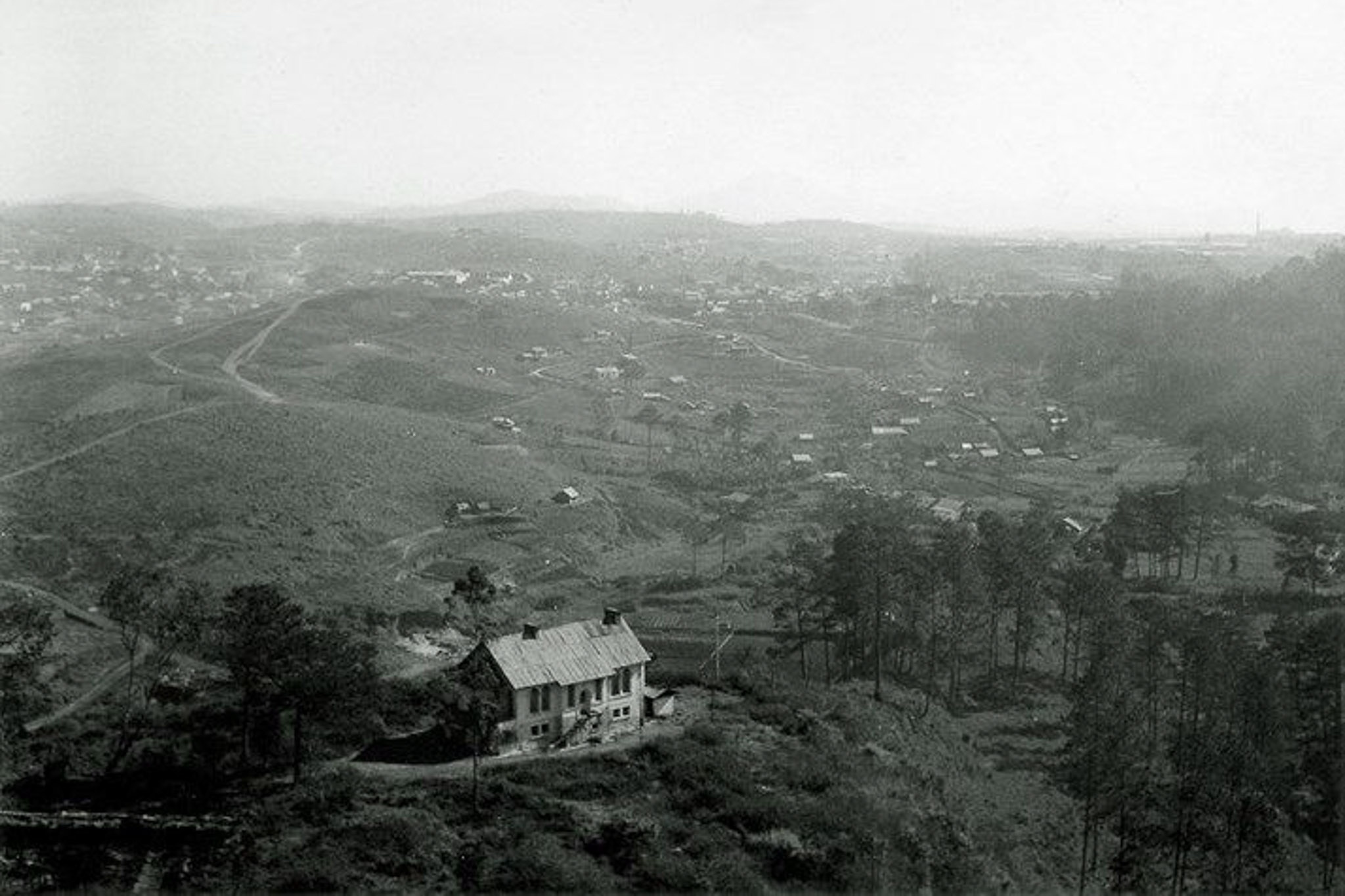 |
Before becoming a tourist city welcoming more than 10 million visitors per year (2024), Da Lat used to be a resort for the upper class of Indochina, where the French came to escape the heat of the lowlands. Da Lat in 1966 appeared in frames with pine forests following each other hugging the valleys and small slopes. At that time, only a few resort villas "sprouted" up in the middle of the hills. Photo: Ross Evans. |
 |
Panoramic view of Da Lat city in 1968 from Lycée Yersin. Xuan Huong Lake reflects the calm blue sky, on the right is Doi Cu golf course with its lush green lawn, opposite is the pure white Da Lat Palace hotel, in the distance is Con Ga church with its bell tower rising high against the blue sky. At that time, the whole city was still hidden in vast green patches. Photo: Bill Robie's Photo Courtesy. |
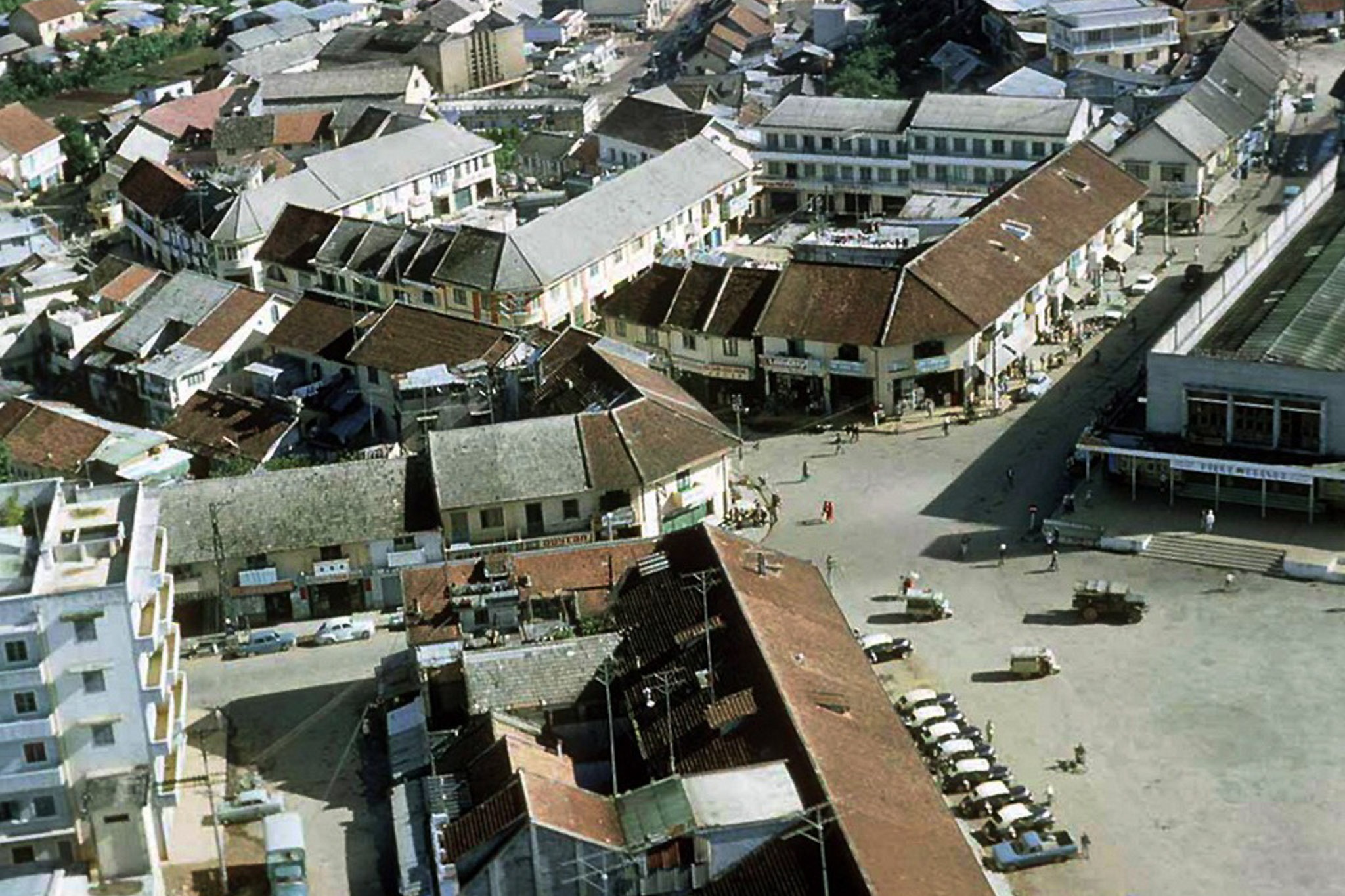 |
Another view of the center of Da Lat in 1968 with the Peace Hall prominently displayed on the right 1968. In the left corner of the frame, the elegant Thuy Tien Hotel appears, once considered a symbol of Da Lat tourism at that time, a place to welcome the upper class and foreign tourists. Photo: Bill Robie's Photo Courtesy. |
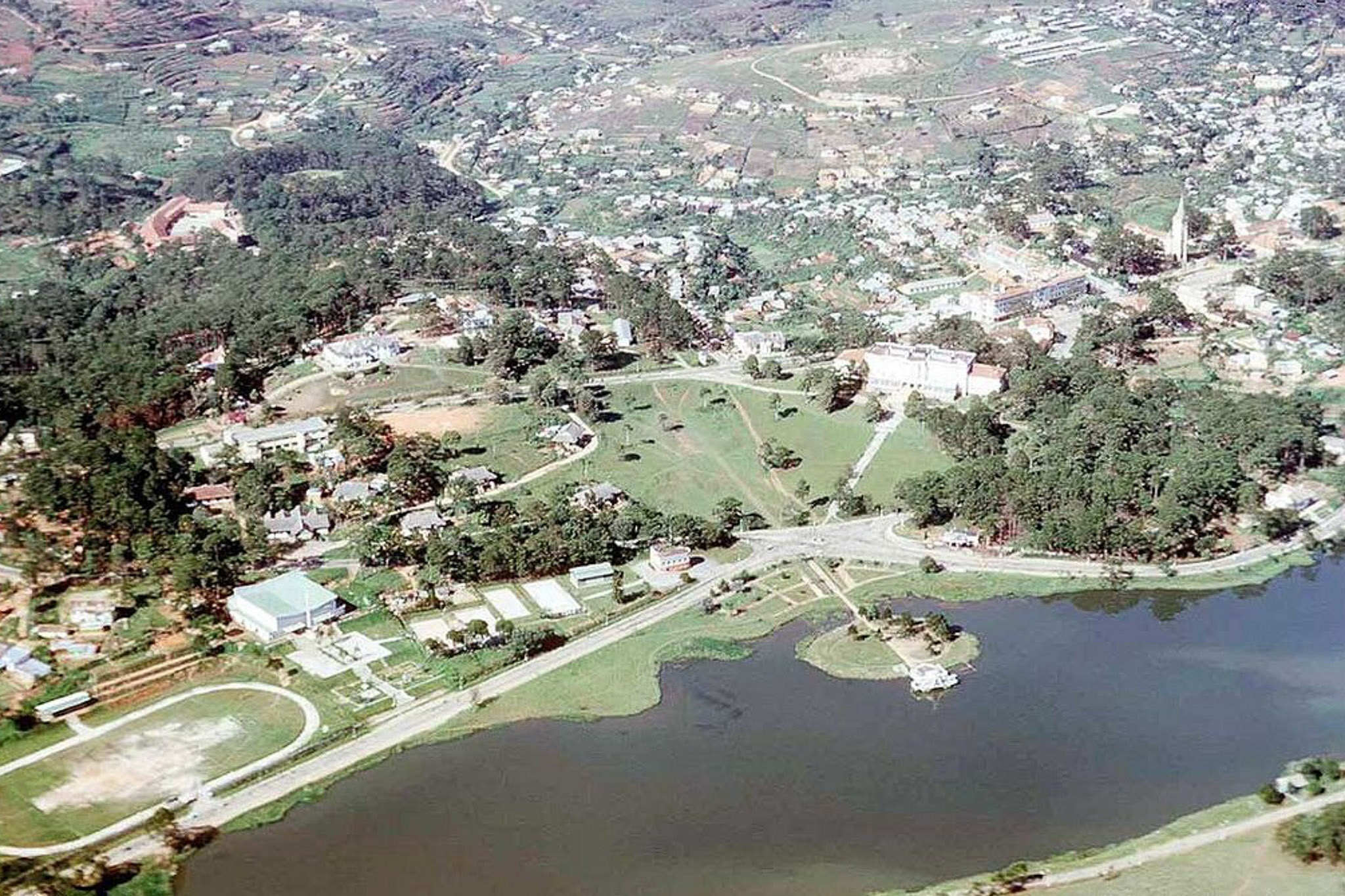 |
Xuan Huong Lake - the "heart" of Da Lat - was formed in the 1910s, when the French dammed Cam Ly stream to create an artificial lake to serve as a landscape and regulate the climate of the resort city. The lake is about 2 km long, winding around the central area. The name "Xuan Huong" was named after a famous female writer of Vietnamese literature, evoking the unique charm and poetry of the highland city, photo taken in 1968. Photo: Bill Robie's Photo Courtesy. |
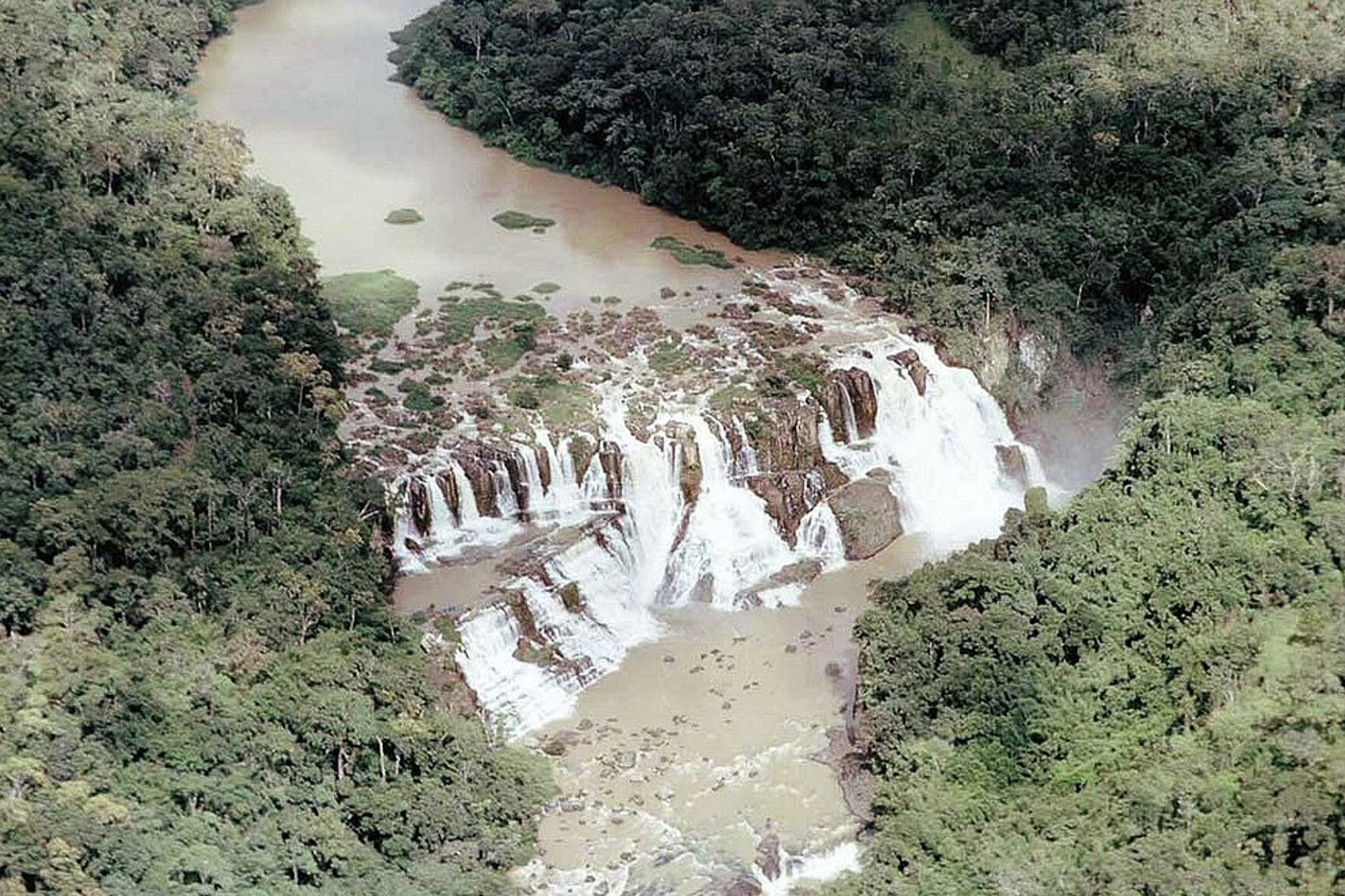 |
Pongour Waterfall, also known as "Seven-Level Waterfall", is one of the most majestic natural landscapes of Lam Vien Plateau, about 40-50 km south of Da Lat city center. The waterfall is over 40 m high, hidden in the middle of a primeval forest, the water flows down through 7 natural stone steps, creating white foam in the deep green space, photo taken in 1968. Photo: Bill Robie's Photo Courtesy. |
 |
In Da Lat, many constructions and urban planning remain almost intact even after more than half a century. Ong Dao Bridge - a gently curved bridge spanning the edge of Xuan Huong Lake - leads to the center of Da Lat, which used to be a favorite strolling spot for locals and tourists. Nearby, the central roundabout and the quiet mountain town scene remain intact, not much different from the present. Photo: Bill Robie's Photo Courtesy. |
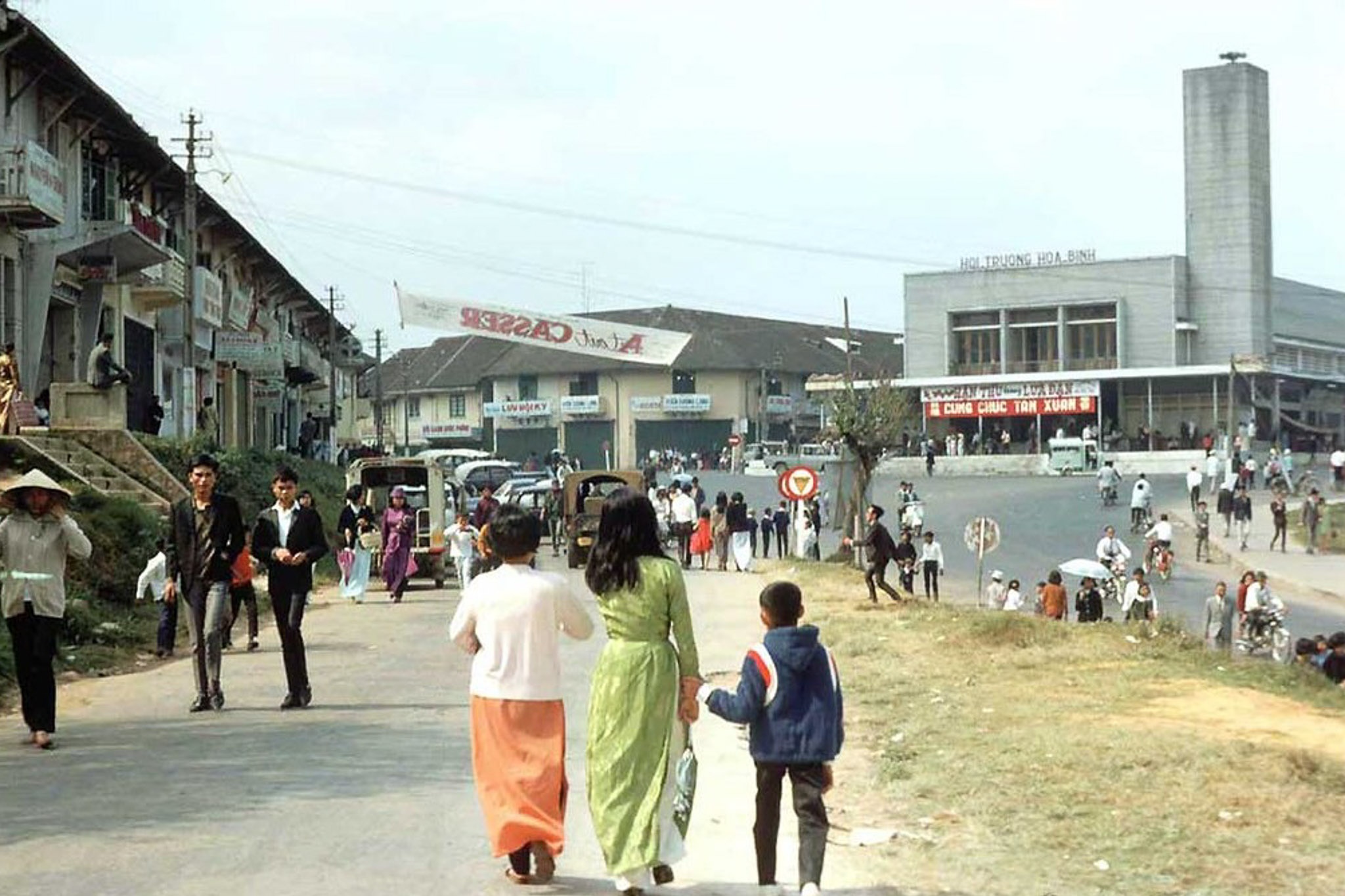 |
Dalat in 1968, the atmosphere of Tet filled the mountain town. The shops were temporarily closed, giving way to the colors of new clothes and the cheerful laughter of people going out for a spring walk on the central slopes. On the facade of Hoa Binh Hall, the words "Happy New Year" stood out in the spring scene. Photo: Bill Robie's Photo Courtesy. |
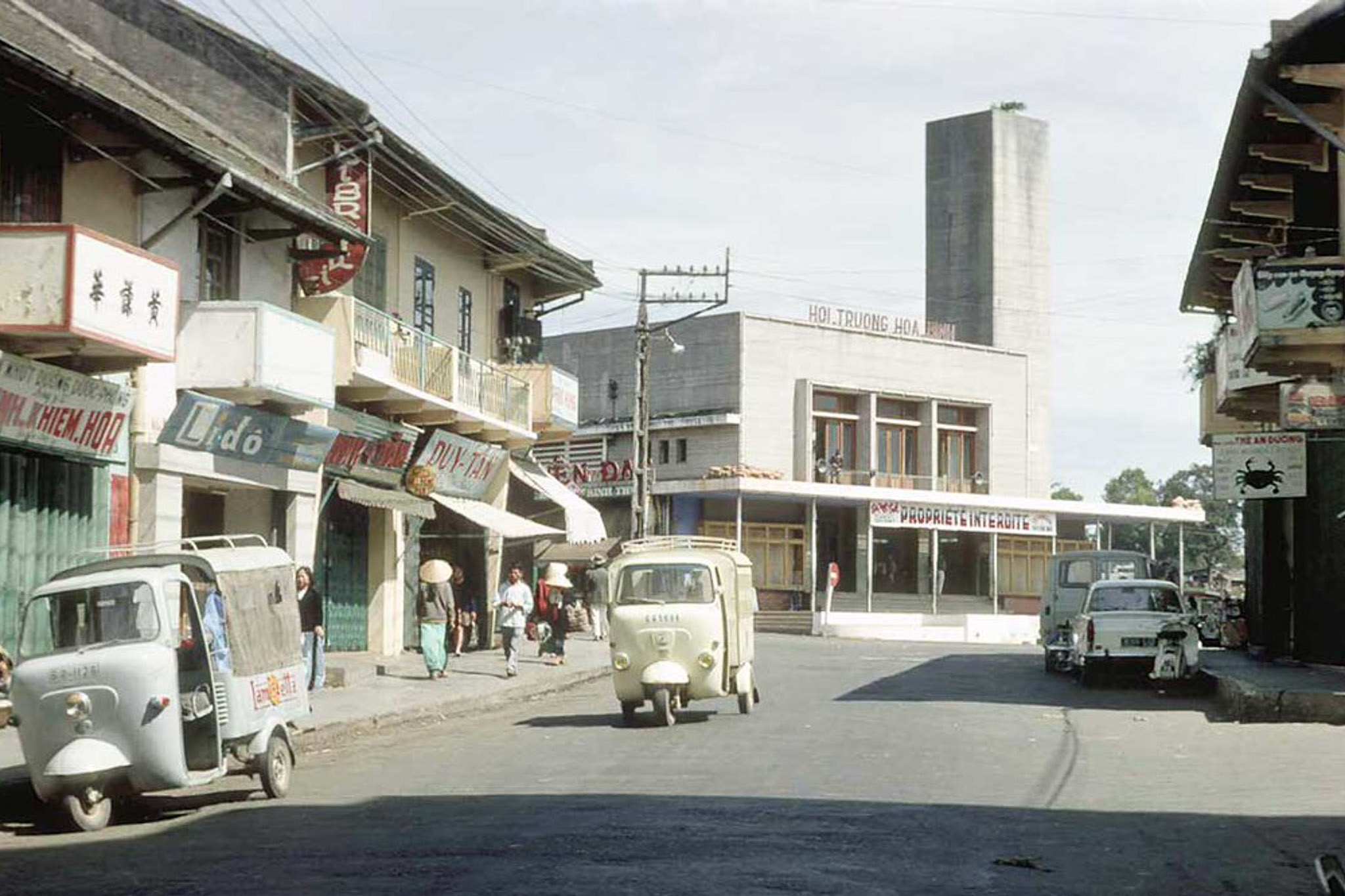 |
In 1968, the Peace Hall, seen from Duy Tan Street, appeared as the bustling center of Dalat at that time. On the slopes, 3-wheeled Lambros (commonly called lam cars) manufactured by Innocenti (Italy) lined up on the road. Photo: Bill Robie's Photo Courtesy. |
 |
Dalat Market in 1971 appears through Bill Robie's lens as a bridge between the past and present of the highland city. Before that, the old market was completely burned down in a major fire, causing Ambassador Lucien Auger to decide to rebuild the market with bricks on the old foundation - more spacious and sustainable. The new building with modern architecture quickly became a commercial symbol and pride of the people of Dalat. Photo: Bill Robie's Photo Courtesy. |
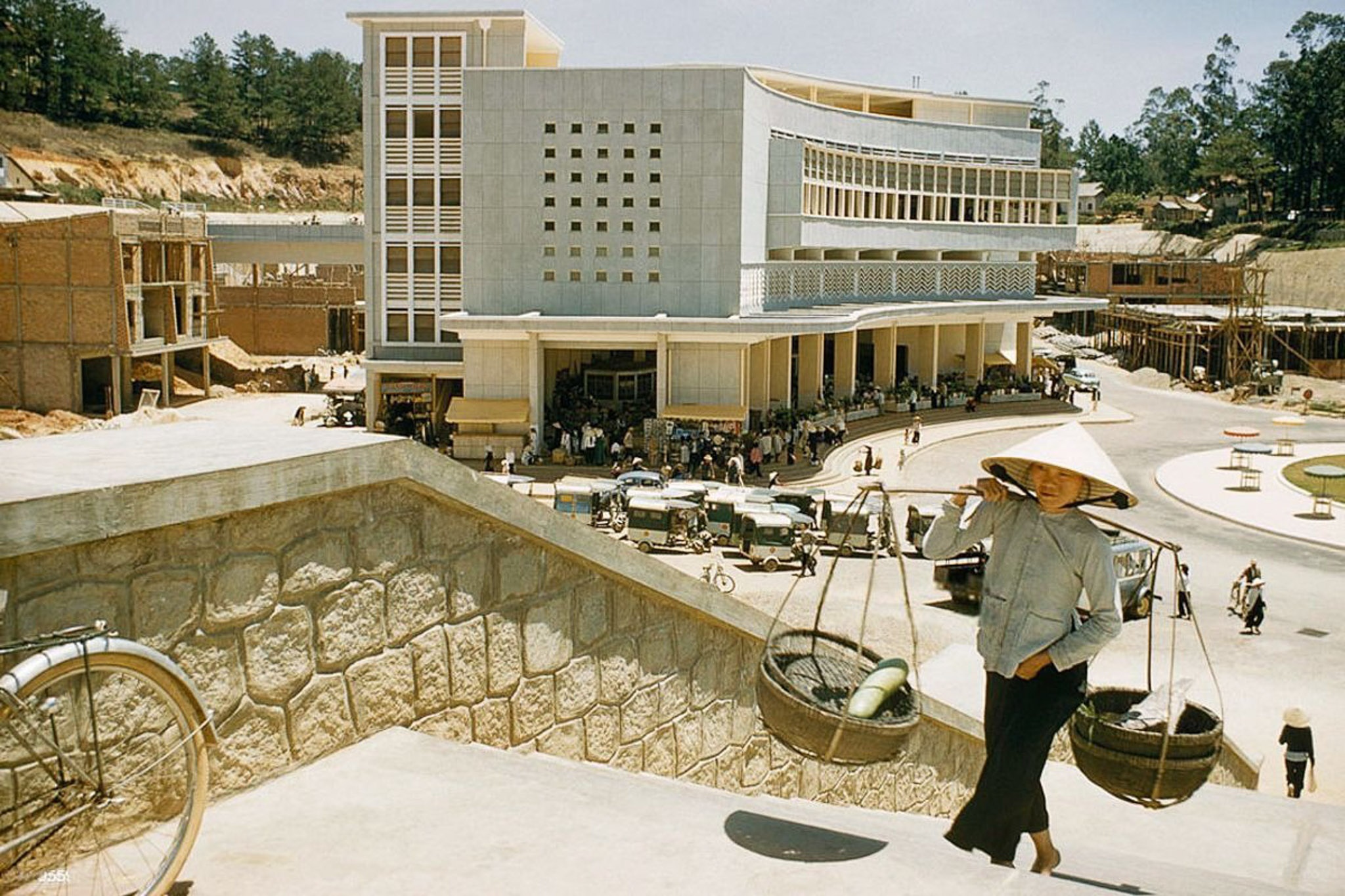 |
National Geographic reporter Wilbur Eugene Garrett (USA) set foot in Vietnam in 1960. His lens not only focused on the war, but also recorded the daily life of Vietnamese people - simple moments but containing deep humanity and culture. During his work trip in Da Lat - Nha Trang, Garrett caught the image of a barefoot woman carrying a street vendor in the middle of the Da Lat market in the midday sun. Photo: Wilbur Eugene Garrett. |
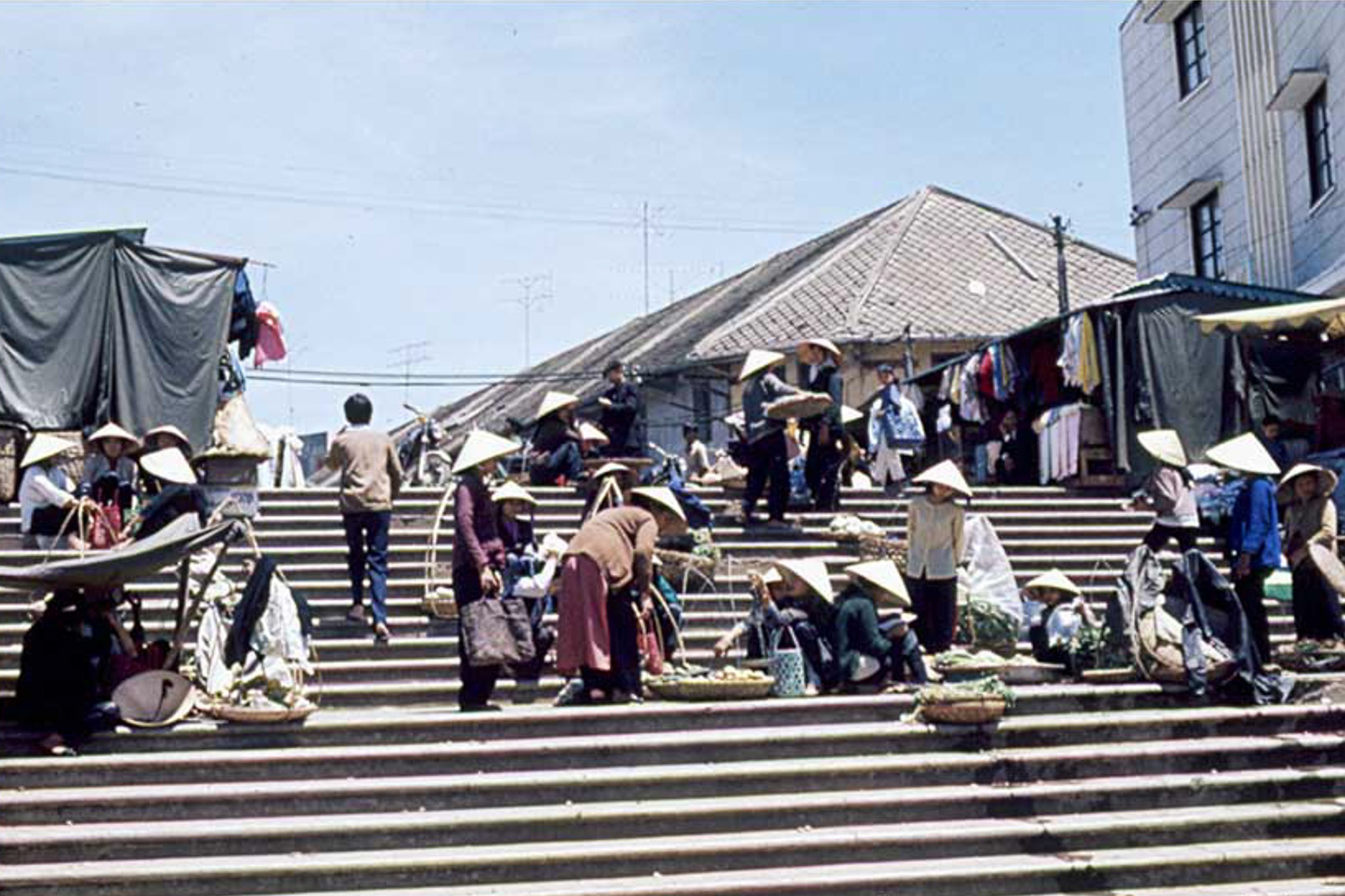 |
Decades ago, the stairs leading down to Da Lat market were a bustling trading place, where street vendors jostled each other under the highland sunshine. In 1971, the image of women wearing conical hats, carrying vegetables and fruits on shoulder poles weaving through the stairs became a vivid slice of life in old Da Lat. Today, this is a favorite stop for tourists, where they sit with a cup of hot soy milk and watch the streets at night. Photo: Bill Robie's Photo Courtesy. |
 |
In 1971, amidst the bustling scene of Da Lat market, flowers were still an indispensable commodity - a symbol of the city's distinctive beauty. Photo: Bill Robie's Photo Courtesy. |
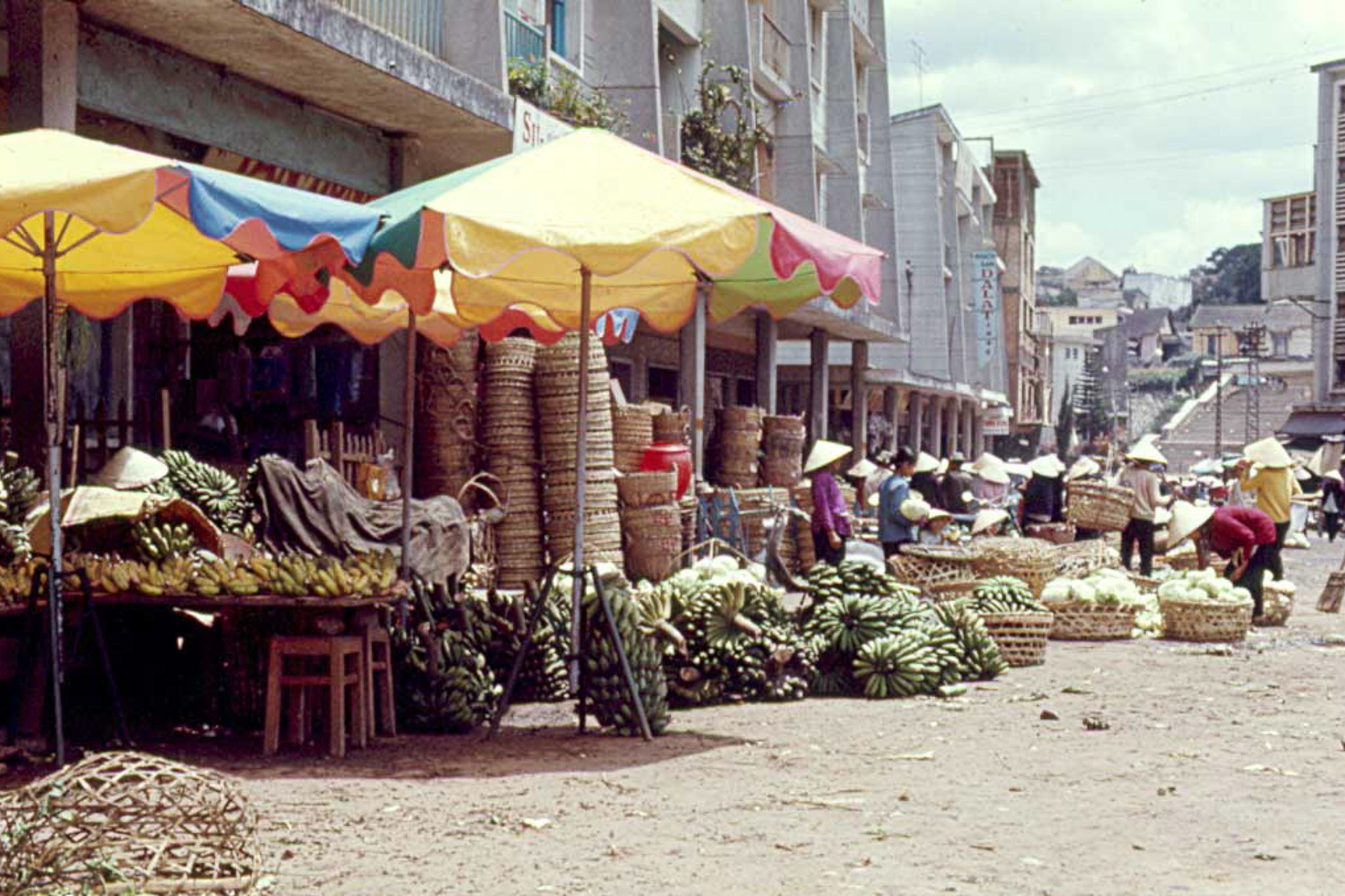 |
The area outside Da Lat market is bustling with buyers and sellers. On simple bamboo stalls and baskets are full of typical highland agricultural products such as bananas, cabbage, potatoes... Photo: Wayne R. Adelsperger. |
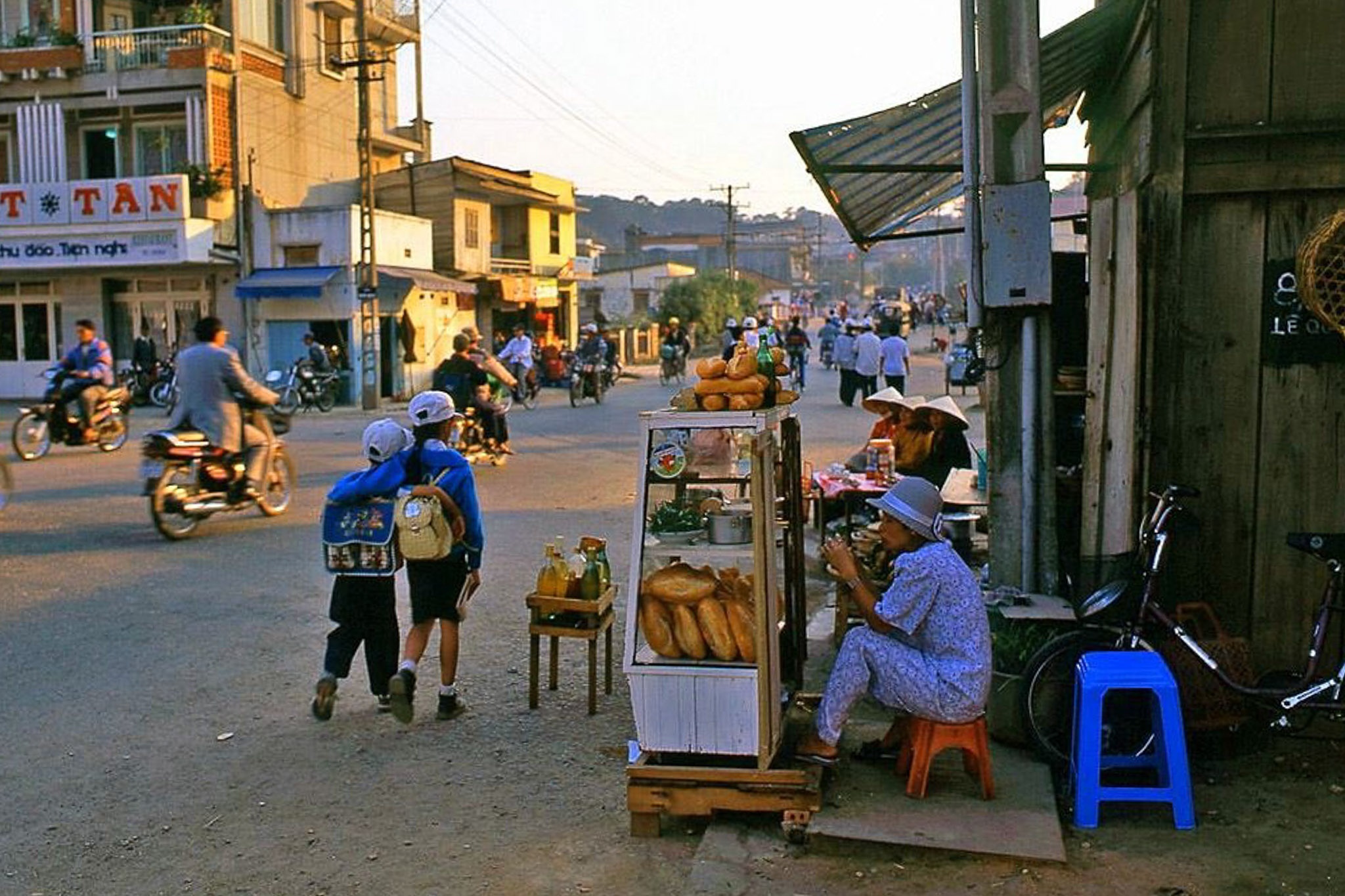  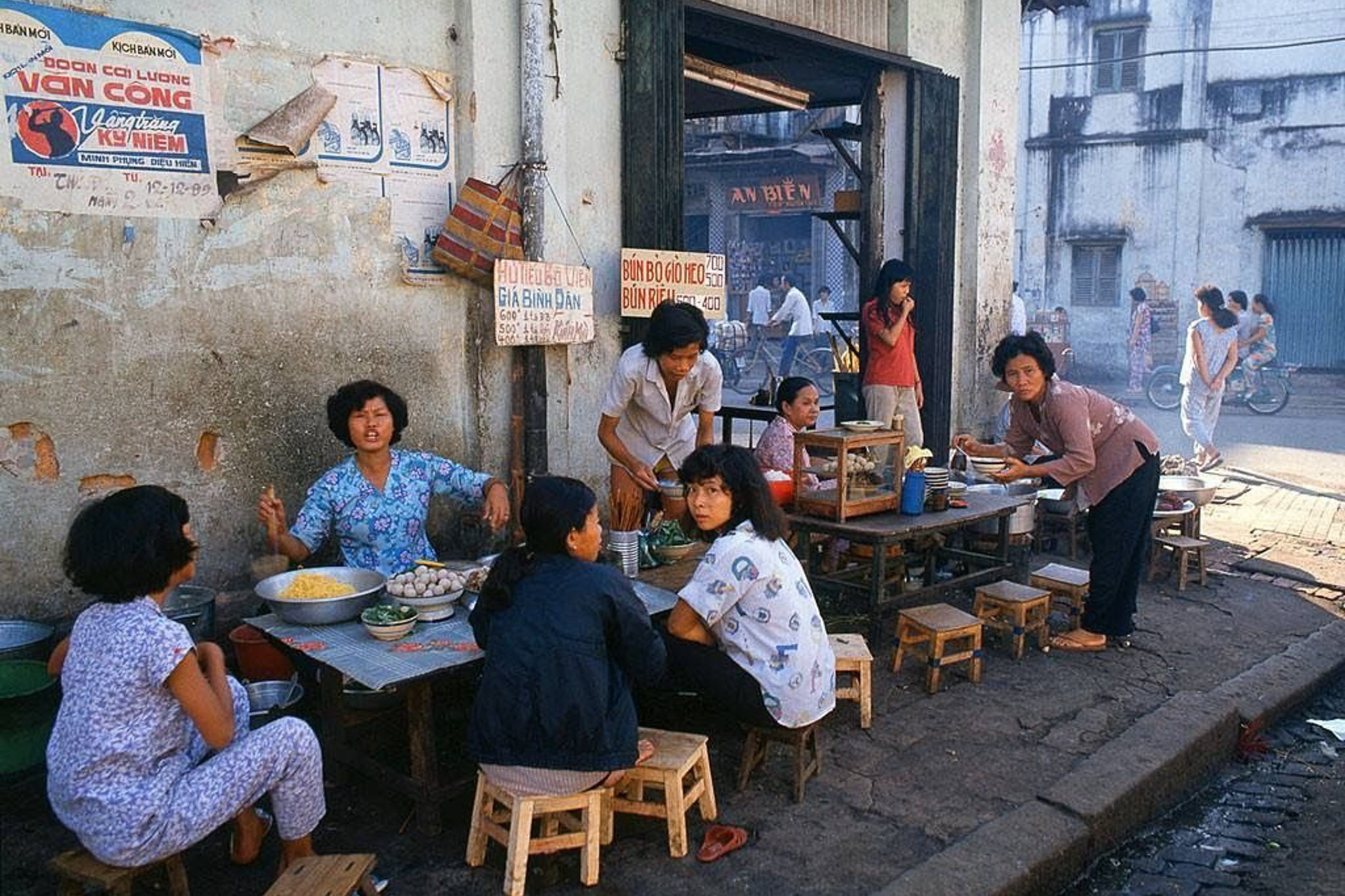 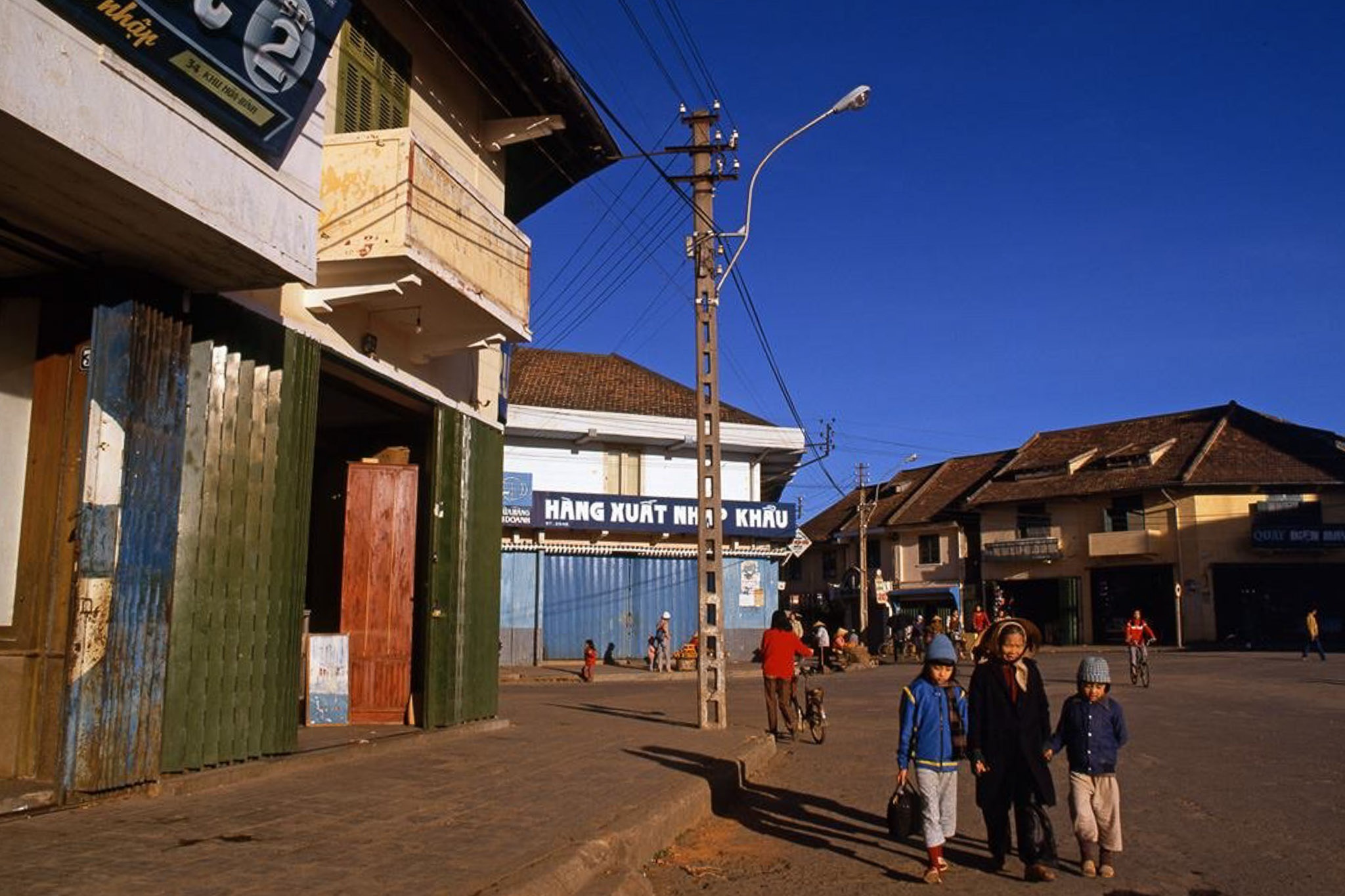 |
On the streets filled with early morning sunlight, Japanese photographer Doi Kuro captured the peaceful pace of life in Da Lat in the 1990s. At that time, the city was still slow with breakfast stalls on the sidewalk - where people sat around bowls of beef noodle soup, crab noodle soup, rice noodles or hot, crispy bread. Each meal cost only 400 to 700 VND. Photo: Doi Kuro. |
Source: https://znews.vn/anh-da-lat-xua-post1602502.html



![[Photo] Unique art of painting Tuong masks](https://vphoto.vietnam.vn/thumb/1200x675/vietnam/resource/IMAGE/2025/11/14/1763094089301_ndo_br_1-jpg.webp)
![[Photo] Special class in Tra Linh](https://vphoto.vietnam.vn/thumb/1200x675/vietnam/resource/IMAGE/2025/11/14/1763078485441_ndo_br_lop-hoc-7-jpg.webp)


![[Photo] Deep sea sand deposits, ancient wooden ship An Bang faces the risk of being buried again](https://vphoto.vietnam.vn/thumb/1200x675/vietnam/resource/IMAGE/2025/11/13/1763033175715_ndo_br_thuyen-1-jpg.webp)



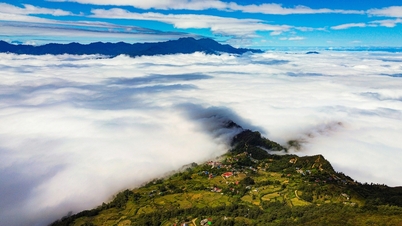

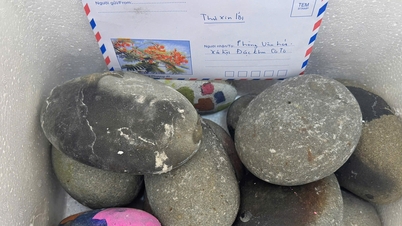


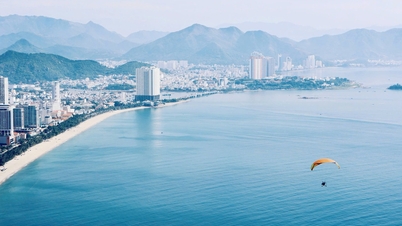





















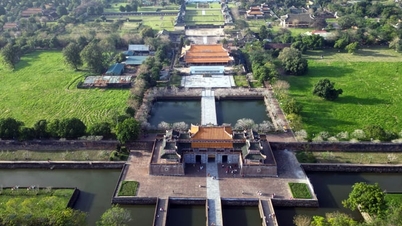



























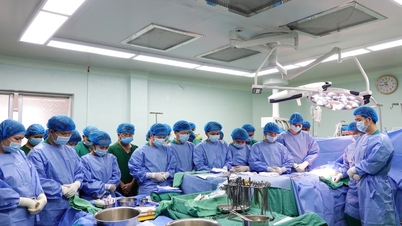
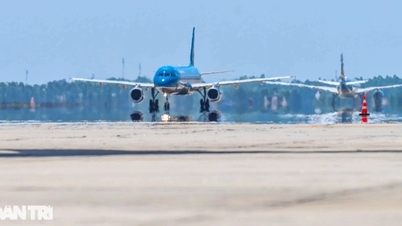


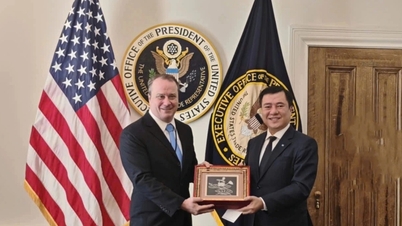








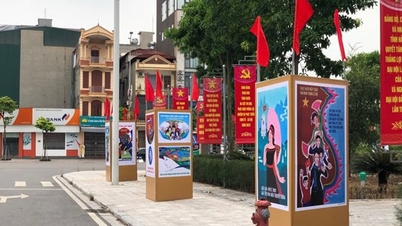


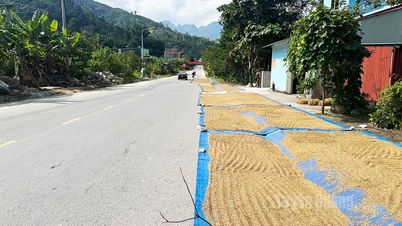





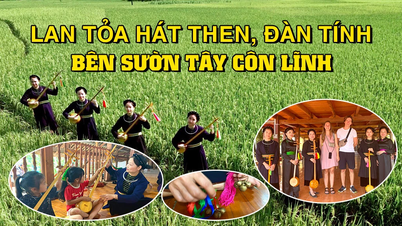
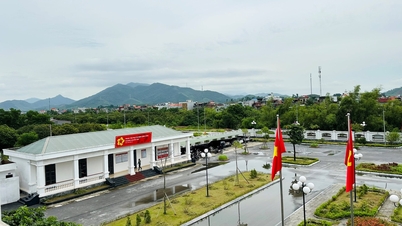







![Dong Nai OCOP transition: [Article 3] Linking tourism with OCOP product consumption](https://vphoto.vietnam.vn/thumb/402x226/vietnam/resource/IMAGE/2025/11/10/1762739199309_1324-2740-7_n-162543_981.jpeg)


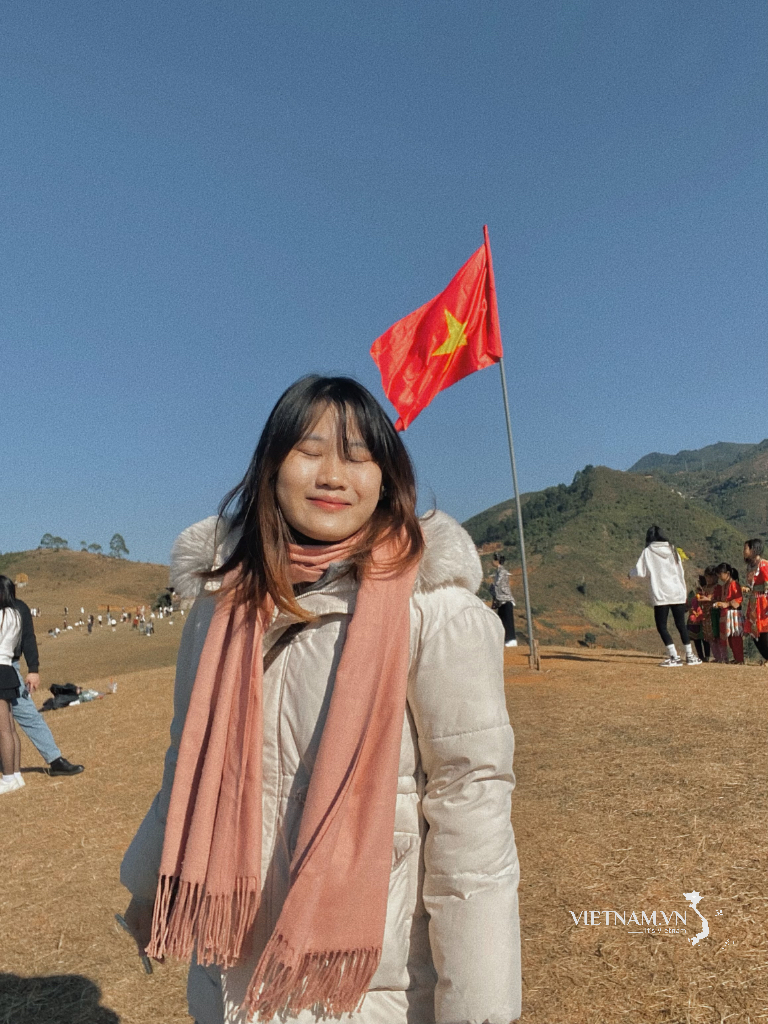

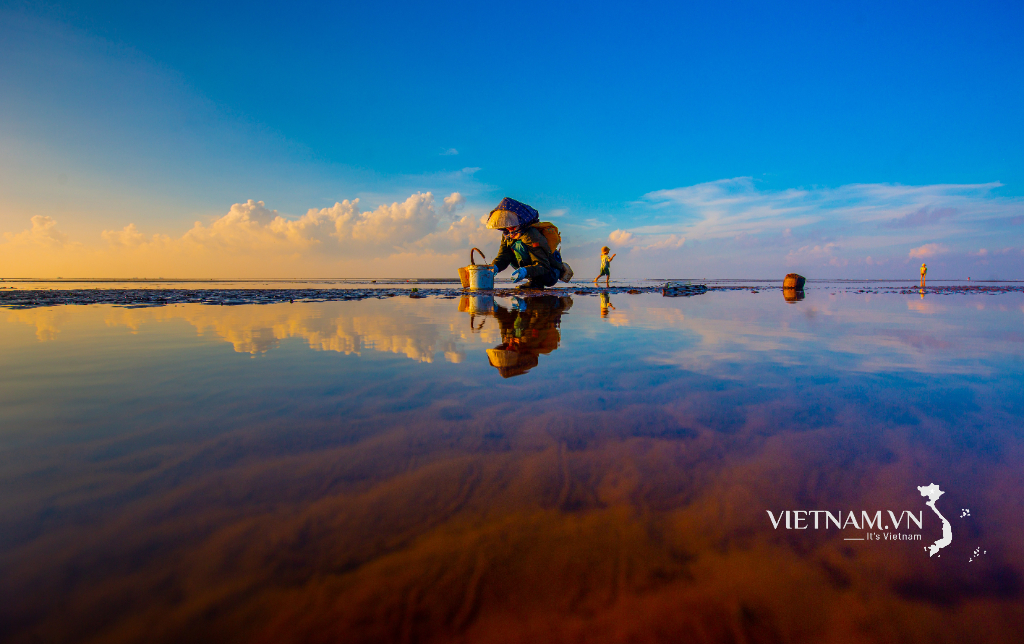

Comment (0)